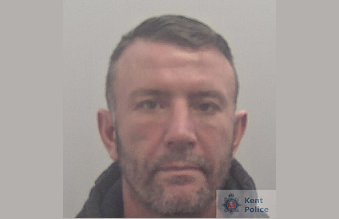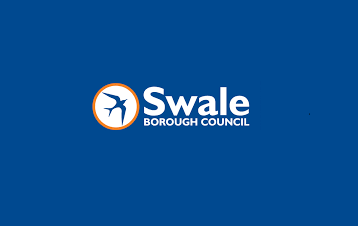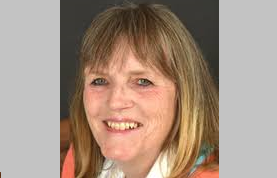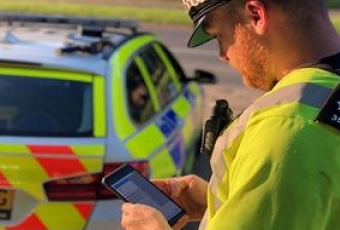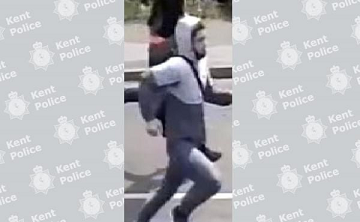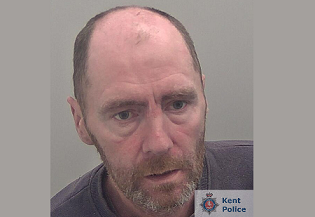Roman Fossils And Statue Discovered In Teynham
Submitted by SFM Newsroom on
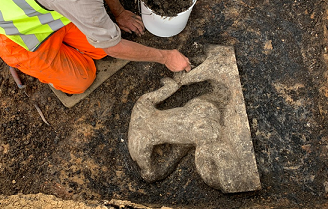
Archaeological excavations near Teynham have led to an exciting discovery of Roman artifacts, including a mausoleum and a stone statue of the Roman sea god Triton. The site was found during archaeological investigations related to a new housing development close to the A2 London Road, which follows the ancient Roman Watling Street.
During an initial site evaluation, fragments of chalk wall foundations and Roman cremation burials were discovered. As a result, Swale Borough Council, with advice from Kent County Council Heritage Conservation, required a 0.5 hectare archaeological excavation at site. The archaeological investigation works commenced late May 2023 by Canterbury Archaeological Trust (CAT) who were appointed to conduct the investigation.
The recent excavations revealed elements of a 30m square walled enclosure surrounding a c.7m square structure. Further exaction works suggested the structure relates to a Roman mausoleum which contained a roman coin dating back to c.320 to 330 AD. The site also included Roman and possibly later burials with various grave goods. The highlight of the findings was the discovery of a remarkable stone statue, representing the sea god Triton.
Since the excavation in May, weekly meetings with various stakeholders, including RPS (A Tetra Tech company) consultant, CAT, Chartway and KCC Heritage Conservation, have been held to review site progress, excavation methodology and the importance of the Roman discoveries. The aim is to carefully bury and retain these key remains within the landscaped centre of the roundabout, making it accessible for generations to come to enjoy the rich heritage discovered.
The Triton statue has been carefully lifted and removed from the site for initial conservation works which have revealed the fascinating detail and craftmanship of the piece. Further research into the statue itself and the circumstances of its ritual burial are on-going.
Councillor Mike Baldock, Heritage Champion at Swale Borough Council, told SFM News: “This is an incredible and exciting discovery that once again underlines the rich heritage that we have in our Borough. The council regards Swale’s archaeology as one if its major assets which we are proud of and recognise in our Heritage Strategy. The site and the statue will generate a great deal of interest in our community, and we very much look forward to working with Chartway and the archaeologists to ensure that there are opportunities for local people to learn about and celebrate the finds and their Roman heritage.”
- Log in to post comments

